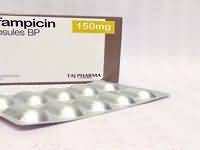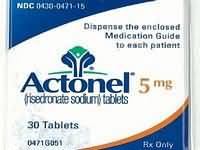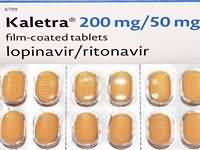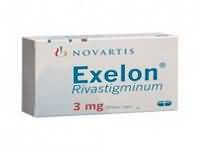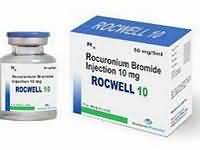Flecainide acetate

Flecainide acetate
CLINICAL USE
Class Ic anti-arrhythmic agent:Ventricular arrhythmias and tachycardiasDOSE IN NORMAL RENAL FUNCTION
Supraventricular arrhythmias: 100–300 mg daily in 2 divided dosesVentricular arrhythmias: 200–400 mg daily in 2 divided dosesIV bolus: 2 mg/kg over 10–30 minutes (maximum 150 mg), thenIV infusion
of 1.5 mg/kg/hour for 1 hour, subsequently 0.1–0.25 mg/kg/hour; maximum 600 mg in 24 hoursPHARMACOKINETICS
DOSE IN RENAL IMPAIRMENT
GFR (mL/MIN)
DOSE IN PATIENTS UNDERGOING RENAL REPLACEMENT THERAPIES
IMPORTANT DRUG INTERACTIONS
Potentially hazardous interactions with other drugsADMINISTRATION
Reconstition
–Route
Oral, IV bolus,IV infusion
Rate of Administration
See ‘Other Information’Comments
Infusion: Dilute with 5% glucose infusion; if chloride containing solutions are used the injection should be added to a volume of not less than 500 mL, otherwise a precipitate will formPlasma levels of 200–1000 nanograms/mL may be needed to obtain the maximum therapeutic effect. Plasma levels above Flecainide acetate.FLECAinidE ACETATE 309700–1000 nanograms/mL are associated with increased likelihood of adverse eventsOTHER INFORMATION
Product information recommendation: patients with severe renal impairment (defined as being a creatinine clearance <35 mL/minute), reduce each dose recommended forIV infusion
by halfProduct information recommendation: patients with severe renal impairment as defined above, that the maximum initial oral dosage should be 100 mg daily (or 50 mg twice daily) with frequent plasma level monitoring strongly recommendedElectrolyte disturbances should be corrected before using flecainidePlasma levels quoted in product information are trough levels. Sample prior to dose
See how to identify renal failure stages according to GFR calculation
See how to diagnose irreversible renal disease
Home
